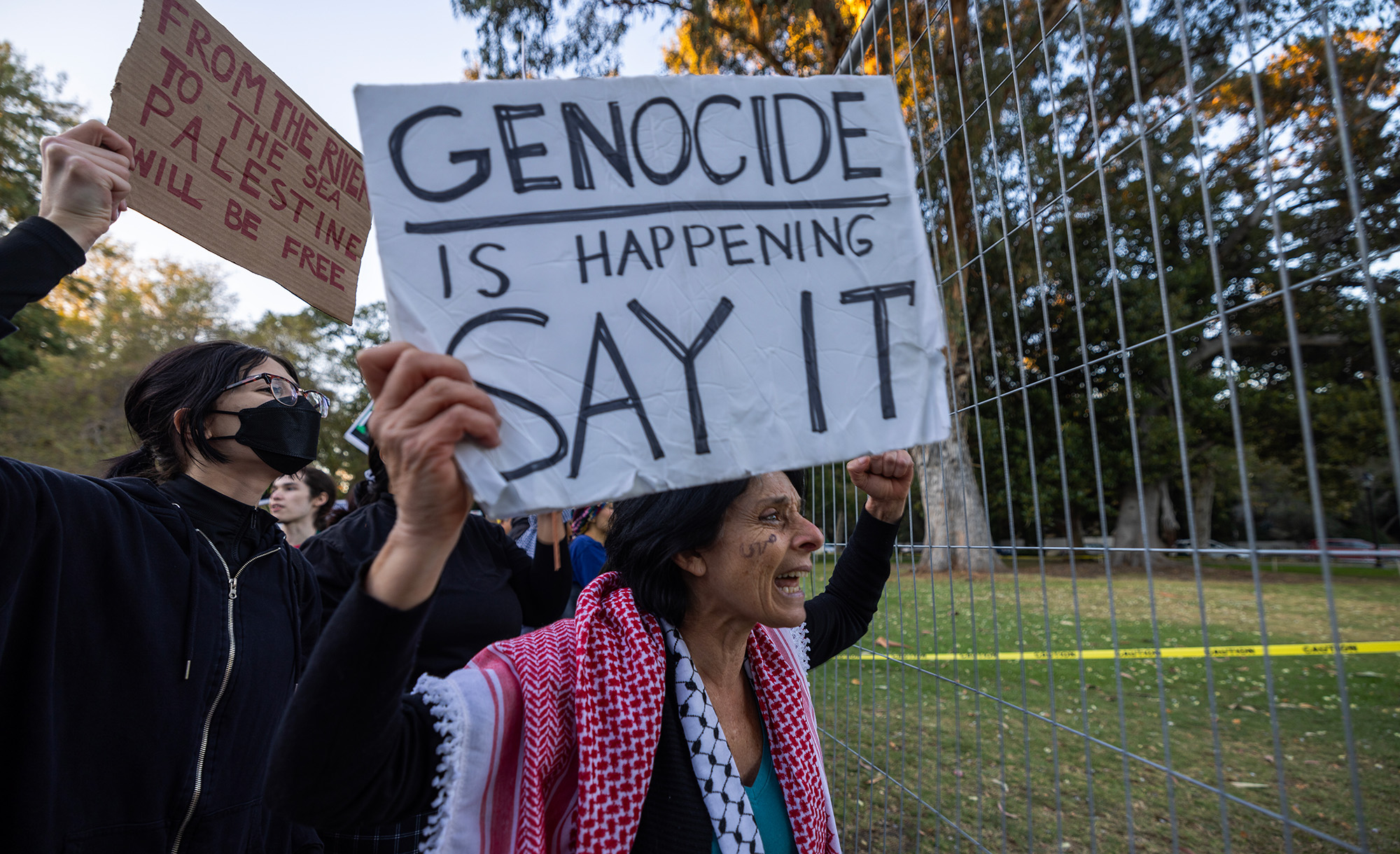The Jerusalem Talmud, or as it known in Hebrew, Yerushalmi, is the compilation of some seven generations of rabbinic scholarship, roughly spanning the years 225 to 425 CE. It has long been sidelined by its more frequently studied successor, the Babylonian Talmud, or Bavli. Recently, the late Heinrich Guggenheimer’s English translation of this massive work was added to Sefaria’s online library of Jewish texts. To Zachary Rothblatt, this constitutes “a watershed moment in history”:
Now, Yerushalmi can and will have a place in the cultural conversation of the average [student]. While it remains a difficult text even in translation, its newfound accessibility is unprecedented. . . . Yerushalmi preserves hundreds of [rabbinic] traditions absent in Bavli. Bavli contains many more statements from the first four generations of Eretz Yisrael Amoraim, [that is, the sages active in Roman Palestine from circa 230 to 350 CE], but much less material from the fifth generation and onward.
The numerous traditions common to both Talmuds also present a rich opportunity for direct comparison. As [the medieval sage] Yom Tov ben Abraham Assevilli wrote, “We always rely on their Talmud (i.e., that of the scholars of the Yerushalmi) and interpret and codify our Talmud (the Bavli) based on their words.”
More about: Talmud, Translation


